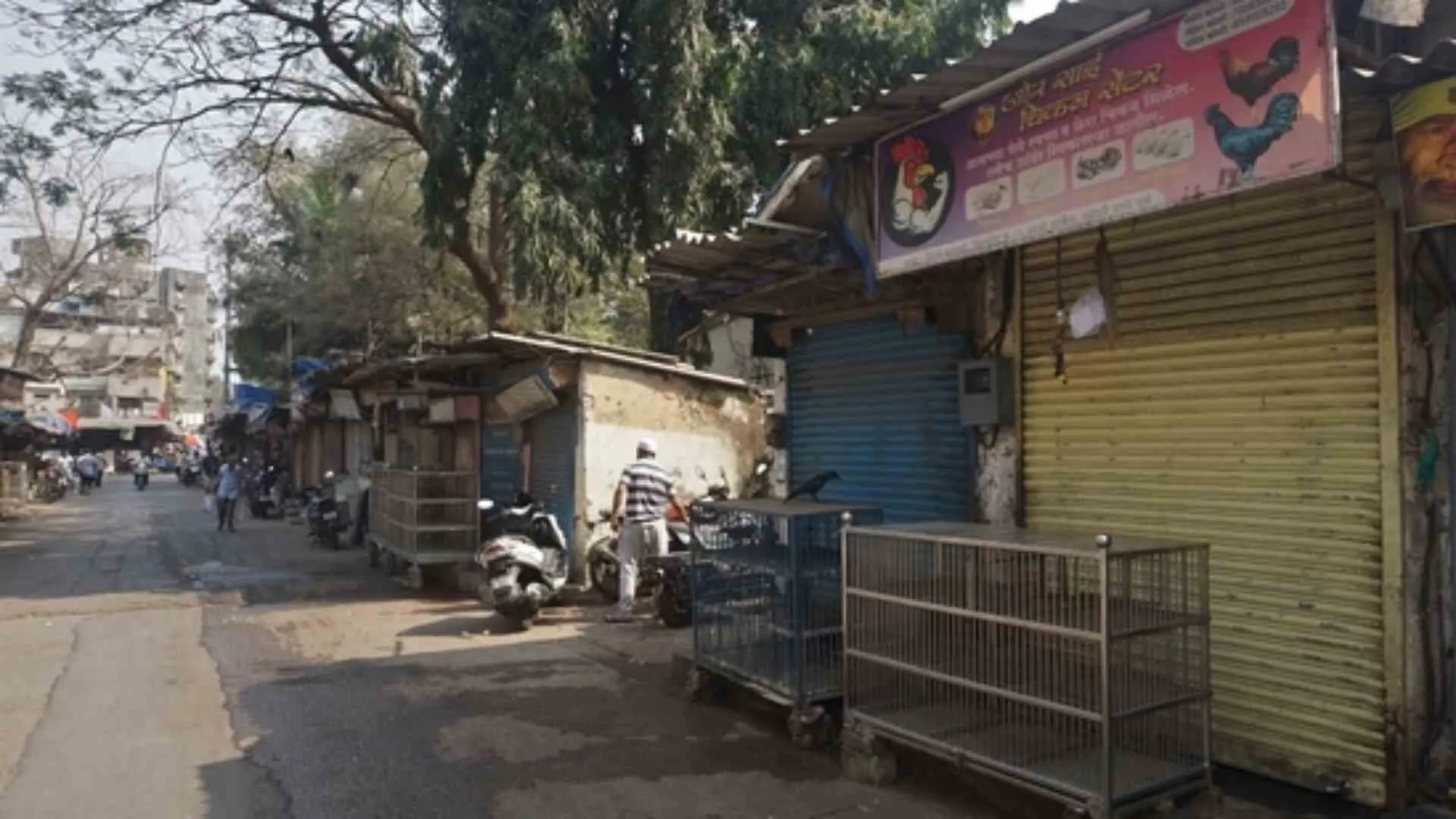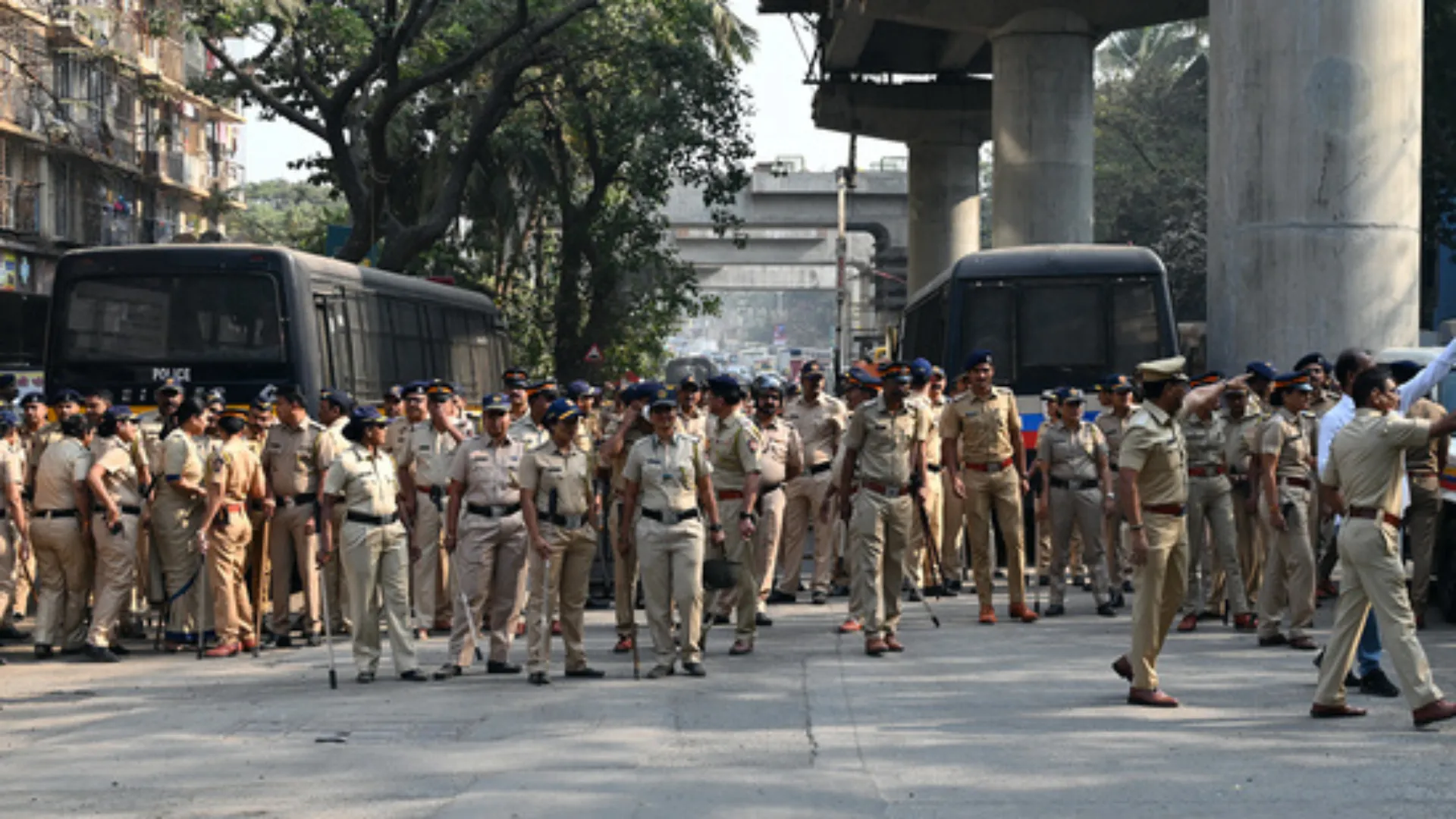The Insolvency and Bankruptcy Code (IBC), 2016, (or the Code) a law enacted to consolidate the framework of existing insolvency and bankruptcy laws, will be turning five years old. With its fifth anniversary coming up on 28 May 2021, it would be appropriate to have a bird’s eye view of its functioning.
PROCESS OF INSOLVENCY RESOLUTION UNDER IBC


Firstly, the Code has been able to bring down the average days of resolution of an insolvency issue from 1500 days to 380 days! As per the IBBI, the code has resulted in a whopping 191% realization to financial creditors as compared to liquidation value. Till date more than 250 companies have been revived and 4008 insolvency applications have been filed, of which 277 proceedings have been concluded under CIRPs and 1025 companies were sent to liquidation. The total financial realisation is Rs.1.90 lakh crore (till September 2020). But this is not the real story here. The real story is about how more than 250 companies have been revived and a lifeline extended to thousands of operation creditors, thereby preempting thousands of job losses and NPAs, and preventing lakhs of crores of rupees in losses for the economy. The Code has also helped India rise from the 130th to the 63rd rank in the global ease of doing business ranking. Still, this is just the tip of the iceberg, with many benefits to follow.
Prior to the introduction of the IBC, 2016, the process of resolution of insolvency cases was scattered, interminable, desultory and un-economical. The fact that the IBC was introduced by repealing two Laws and amending 11 others shows how many laws governed the insolvency proceedings. The Code has streamlined the process, made it time-bound and provided a one-stop solution.
Needless to say, the primary objective of the Code is to revive distressed debtors. The Code represents the singular shift in business regulatory laws: from retroactive to proactive, from post mortem dissection to proactive revival of business. It recognises ‘insolvency’ as a state where assets are insufficient to meet the liabilities, and understands that an untreated insolvency will lead to ‘bankruptcy’ (non-corporates) and ‘liquidation’ (corporates). To prevent this, the Code provides for a time-bound insolvency resolution process, to be completed within 330 days, including any litigation. However, due to delay in court processes, in reality the average number of days is around 380 days.
FOUR PILLARS OF THE CODE
The IBC, 2016 is based on a four-pillar institutional framework, comprising
• NCLT and NCLAT, the adjudicating authority,
• Insolvency and Bankruptcy Board of India, the regulator of insolvency professionals and insolvency professional agencies,
• Insolvency professionals, the class of regulated persons responsible for the efficient execution of the processes specified under IBC, and
• Information utilities, the new industry to electronically store facts about lenders and terms of lending.
BENEFITS OF IBC
The IBC successfully remedies several shortcomings of the earlier insolvency resolution process, such as
• Timely resolution of insolvency process
The process of resolution is carried out in a time-bound manner, the business is transferred as an ongoing concern to the resolution applicant, thus ensuring nil loss to the economy due to stoppage of production or under-utilization of resources, and minimum loss of employment, revenues to government, local ecosystem and ancillary industries.
• Certainty and clean title
When insolvency is resolved through the Code, there is a certainty in the settlement of liabilities and ownership of assets. Since all liabilities including government dues are settled, the resolution applicant is vested with a clean and litigation-free business and assets, etc.
• Prevents fraudulent activities by debtors
Since the ownership and control of the business entity, its assets and business activities stand transferred from the debtor to an insolvency professional as soon as an application is admitted by the adjudicating authority, the debtor is preempted from indulging in any activity to defraud the creditors.
Contrast this with the situation before, when the debtor continued to have control on business activities and assets, which enabled them to drag his feet, cause a delay by litigating endlessly, while fraudulently disposing off assets to defraud creditors, employees, government, etc.
• Relief for bona fide debtors
Prior to the IBC, the liabilities that remained unpaid after proceedings continued to haunt the debtors for the rest of their lives. However, resolution through the Code guarantees final settlement of all liabilities, thus freeing the bona fide debtors from debt traps and government liabilities.
SO, IS THE CODE AN UNQUALIFIED SUCCESS?
Certainly not; there sure are some shortcomings too. Though the Code, 2016 is an adequate and efficacious law, there are some shortcomings that hinder its effective implementation.
• Non-execution of the process in set time frame
The raison d’êtreof the Code is a time-bound conclusion of proceedings and delivery of settlement. However, the lack of a supporting ecosystem makes it a difficult task. Resistive forces, too numerous to name here, cause significant delays in a time-bound execution.
• Lack of coordination between parties involved
Time and again, a lack of coordination between the parties in the process (creditors, stakeholders) is encountered which delays and stymies the insolvency proceedings.
• Inexperienced insolvency professionals
Since the Code and its prescribed procedures are new, understandably, the insolvency professionals, advocates and adjudicators lack experience, which causes significant delay in resolution proceedings. At times, due to this lack of experience, a company which could have been revived ends up liquidated.
• Overburdening of courts
As the number of NCLTs and NCLATs are limited, they are weighed down by a deluge of applications, naturally impeding the timely conclusion of proceedings. Thus it is time to double the number of benches of both the NCLT and NCLAT.
• Threshold increase disadvantageous to operational creditors
During the Covid-19 period, the threshold for applications under the Act was suddenly raised from Rs. 1 lakh to Rs. 1 crore. No doubt, the threshold of Rs. 1 lakh had been too small, but the arbitrary jump to Rs. 1 crore was extreme. It leaves a large section of operational creditors in a lurch. Such a jump may prove detrimental to the very purpose of the Code; instead, a gradational or incremental jump in threshold is advised.
CONCLUSION
In a nutshell, the Code is a more fecund substitute to the earlier inadequate and defeasible insolvency resolution process. A success story related to the Code will be discussed in the next part of this article.
Sreenivas Bidari is a senior IRS officer hailing from Karnataka. Ranjit Kejriwal is an FCS and Registered Valuer (SFA). The views expressed are personal.























